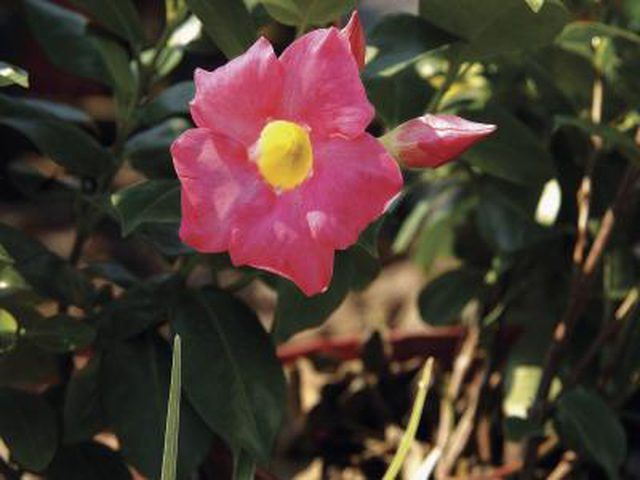Bulbs
Flower Basics
Flower Beds & Specialty Gardens
Flower Garden
Garden Furniture
Garden Gnomes
Garden Seeds
Garden Sheds
Garden Statues
Garden Tools & Supplies
Gardening Basics
Green & Organic
Groundcovers & Vines
Growing Annuals
Growing Basil
Growing Beans
Growing Berries
Growing Blueberries
Growing Cactus
Growing Corn
Growing Cotton
Growing Edibles
Growing Flowers
Growing Garlic
Growing Grapes
Growing Grass
Growing Herbs
Growing Jasmine
Growing Mint
Growing Mushrooms
Orchids
Growing Peanuts
Growing Perennials
Growing Plants
Growing Rosemary
Growing Roses
Growing Strawberries
Growing Sunflowers
Growing Thyme
Growing Tomatoes
Growing Tulips
Growing Vegetables
Herb Basics
Herb Garden
Indoor Growing
Landscaping Basics
Landscaping Patios
Landscaping Plants
Landscaping Shrubs
Landscaping Trees
Landscaping Walks & Pathways
Lawn Basics
Lawn Maintenance
Lawn Mowers
Lawn Ornaments
Lawn Planting
Lawn Tools
Outdoor Growing
Overall Landscape Planning
Pests, Weeds & Problems
Plant Basics
Rock Garden
Rose Garden
Shrubs
Soil
Specialty Gardens
Trees
Vegetable Garden
Yard Maintenance
How to Train Mandevilla to Climb
How to Train Mandevilla to Climb. Numerous cultivars of mandevilla (Mandevilla spp.) are woody vines enjoyed for their showy, sometimes fragrant flowers. Mandevillas can grow outdoors as perennial vines in U.S. Department of Agriculture plant hardiness zones 9 through 11 and are potentially overwintered indoors successfully in cooler areas. These...

Numerous cultivars of mandevilla (Mandevilla spp.) are woody vines enjoyed for their showy, sometimes fragrant flowers. Mandevillas can grow outdoors as perennial vines in U.S. Department of Agriculture plant hardiness zones 9 through 11 and are potentially overwintered indoors successfully in cooler areas. These vines are less aggressive than many other vining or climbing plants, as they climb using a twining habit rather than sending out anchoring roots or tendrils, making them ideal for growers who like to maintain some control over their plants while still enjoying vigorous growth and exceptional ornamental value.
Things You'll Need
Sharp knife or pruning shears
Trellis or other support
Soft fabric ties
Place a trellis or other support near the mandevilla at the time of or shortly after planting or plant the mandevilla near an existing trellis, post or other support. Remove any ties or small stakes that were sold with the mandevilla.
Cut off excessive stems back to just above the soil surface or where they meet the main stem, retaining three healthy, upright stems. If there is only one main stem on the young plant, cut it back to within 1 to 2 feet of the soil surface to encourage branching. Make any cut just above a bud, leaf or stem junction.
Pinch back the tips of young, vigorous shoots, especially where growth is thin, to encourage dense, bushier growth. Use your thumb and a fingernail to pinch off about 1 inch of growth at each stem tip, positioning your pinching just above a bud or leaf.
Tie the mandevilla stems loosely to the parts of the trellis where you want them to climb using soft fabric ties or, when a the stem is long enough and still sufficiently pliable, gently wrap the stem around the portion of the trellis you want it to cling to. Regularly bending the stems gently and weaving them through the trellis or support horizontally encourages denser growth.
Monitor the mandevilla, inspecting the plant regularly to find any shoots that are growing in an undesirable direction or will give the plant an uneven appearance. Gently unwind the mandevilla stems that are beginning to grow in an undesirable direction and carefully wrap them around the portion of the trellis where you want them to be, using soft fabric ties to hold them in place, if necessary.
Cut back stems that are growing out of bounds to contain the plant while also encouraging denser or bushier growth in that spot. Again, make any cut just above a leaf, bud or stem junction.
Cut back the oldest stems on the plant to almost ground level and cut back the remaining stems severely in late fall or early spring before new growth emerges if you are growing the mandevilla as a perennial vine.